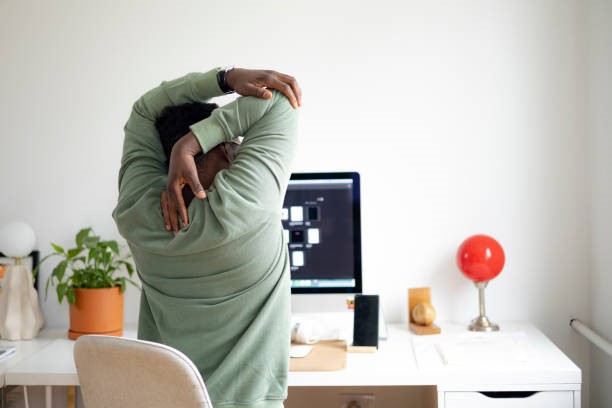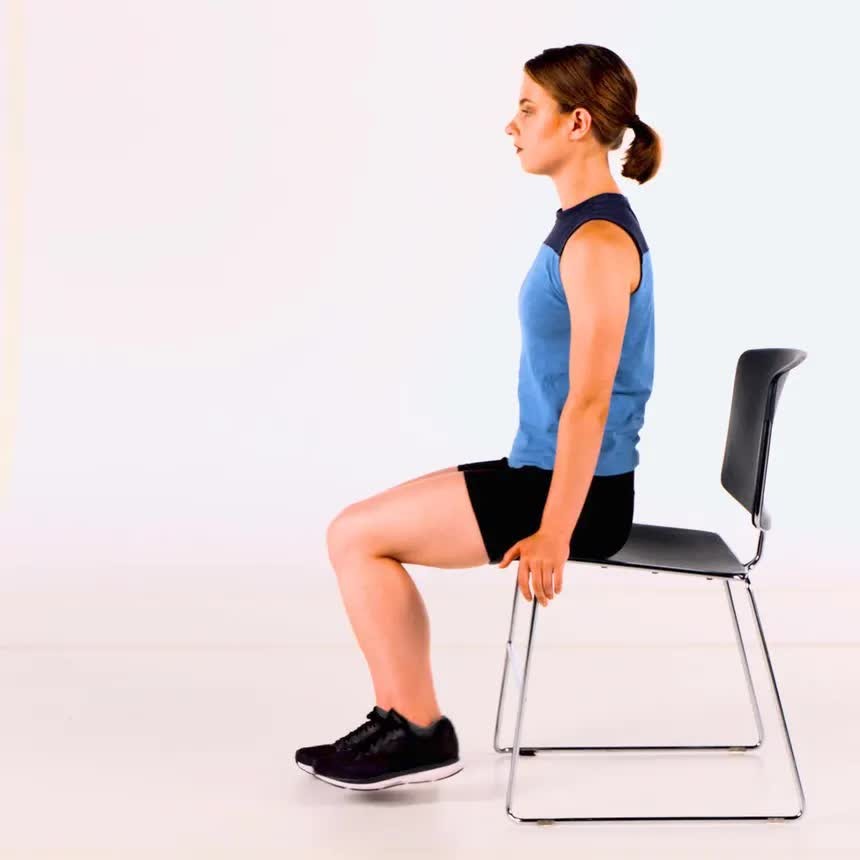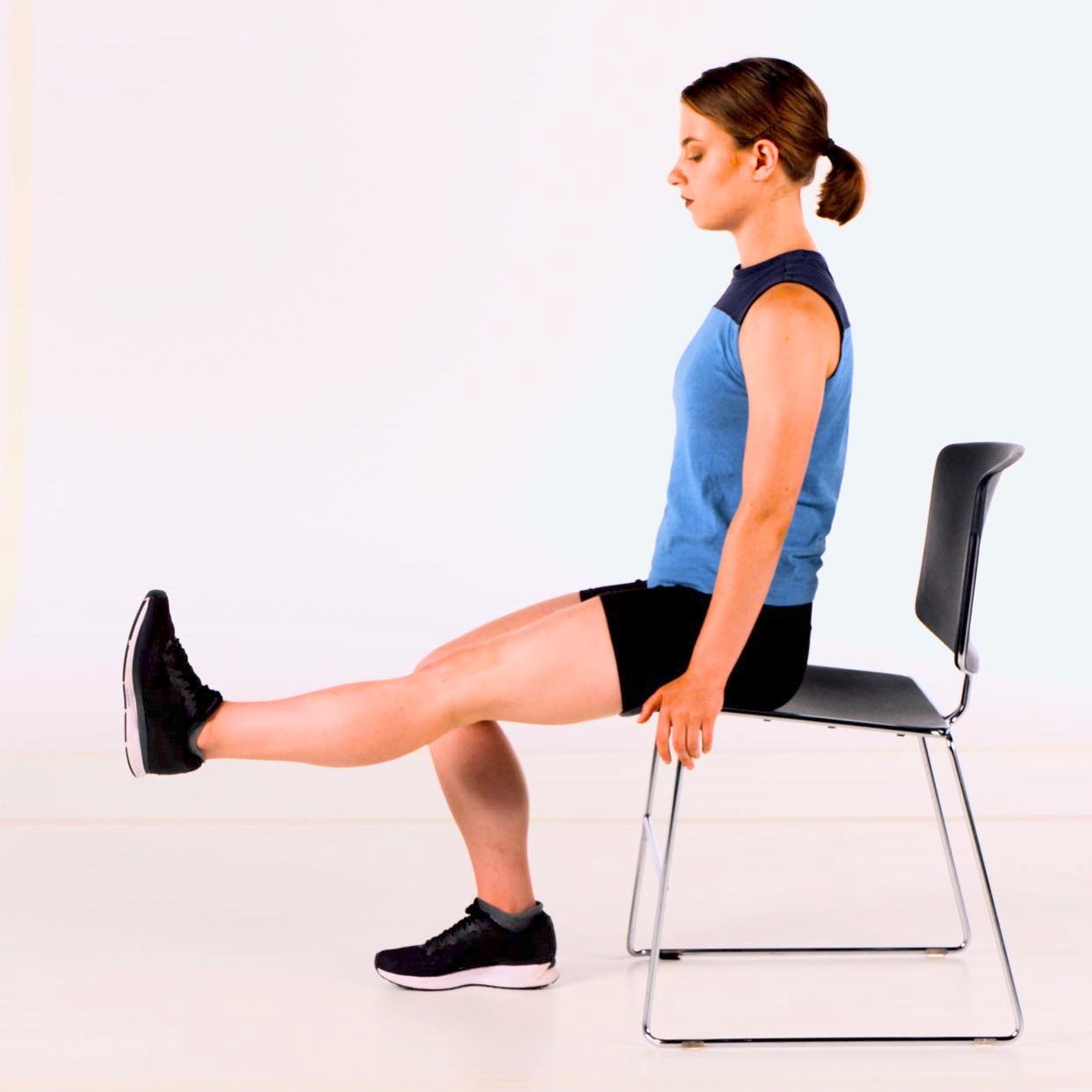
Break Free From Your Desk Job Habits
As a personal trainer with 7 years under my belt, I’ve seen quite a bit. But there’s one trend that keeps popping up, and it’s as persistent as that “low fuel” light in your car that you keep ignoring. I’m talking about the disconnect between how we spend our workdays and how we approach our workouts. Your workout should be the opposite of your workday!
Let me paint you a picture with a real-life example that still makes me chuckle to this day. A new client walked into my gym, skepticism oozing from his pores. During our initial chat, he dropped two bombshells:
- “I work in data analytics.” (Translation: “I’m surgically attached to my office chair.”)
- “I just want someone who can use the machines with me.”
Now, I’m no mathematician, but even I could see that these two statements didn’t quite add up. This prompted me to ask him a question that probably sounded as odd to him as a vegan at a BBQ contest:
“Why are you, someone who sits all day, coming to the gym to continue sitting?”
The look on his face was priceless. It was as if I’d just told him that his favorite spreadsheet function had been disabled.
I’m not here to simply count reps. If that’s what you’re after, I’d suggest investing in a calculator instead of a personal trainer. I’d much rather show technique, critique form, and monitor progress. (Though I must admit, my count-to-ten skills are pretty impressive. I can even do it backwards!)
But jokes aside, this encounter highlights a crucial point that many gym-goers miss: Your workout should counteract, not mimic, your daily routine.
The Sitting Epidemic
Your workout should counteract, not mimic, your daily routine.
Let’s face it, most of us spend our days in positions that would make our hunter-gatherer ancestors cringe. We hunch over keyboards, crane our necks to see screens, and sit for hours on end. Our bodies aren’t designed for this sedentary lifestyle, and it shows in our posture, our aches, and our overall health.
Here’s a test you can try at home to see how this has affected you personally (one of my personal favorites!)
Step 1: Find the Right Equipment
- You’ll need a sturdy surface to sit on, such as a massage table, bench, or chair. The surface should be high enough that your legs can hang freely without touching the ground.
Step 2: Proper Sitting Position

- Sit on the edge of the surface with your back straight. Your thighs should be fully supported, and your lower legs should dangle off the side.
- Keep your feet relaxed and your knees bent at approximately 90 degrees.
Step 3: Initiate the Test
- Choose one leg to test first. Raise your knee towards your chest, maintaing the 90 degree angle and keeping the movement controlled.
- As you lift your knee, aim to get it as high as possible without leaning back or using your upper body for support.
Step 4: Extend the Leg

- Once your knee is at its highest point, extend your lower leg by straightening your knee. The goal is to straighten the leg without letting the height of your knee drop.
- Hold the extended position for a few seconds, maintaining control and stability.
Step 5: Observe and Evaluate
- Pay attention to any changes in the height of your knee as you extend the leg. If your knee drops significantly, it could indicate tightness in the hamstrings or weakness in the hip flexors.
- Possibly you struggle to extend the leg fully, it may suggest tightness in the quadriceps.
- If your entire leg begins to shake it could indicate a combination of any of these muscles’ movement efficiency.
Step 6: Repeat on the Other Side
- Perform the same test on the other leg to compare the strength and flexibility on both sides. This will help identify any imbalances that may need to be addressed.
Step 7: Interpret the Results
- Good Strength and Flexibility: If you can extend your leg fully while keeping your knee at its highest point, this indicates good hip flexor strength and flexibility.
- Weakness or Tightness: If your knee drops or you struggle to extend your leg, this may point to areas of weakness or tightness that could benefit from targeted exercises and stretches.
Why This Test Matters
- Posture Improvement: Strong hip flexors and flexible quadriceps help maintain proper posture, reducing the risk of lower back pain.
- Injury Prevention: Identifying and addressing imbalances early can prevent injuries that often result from weak or tight muscles.
- Performance Enhancement: Whether you’re a runner, cyclist, or strength trainer, improving hip flexor strength and flexibility can enhance your overall performance.
The Counteractive Approach
So, what’s the solution? It’s simple: Your workout should be the yin to your workday’s yang. Here’s why your workout should be the opposite of your workday:
- Posture Correction: If you spend all day hunched forward, your workout should focus on exercises that open up the chest and strengthen the upper back. Think rows, face pulls, and chest openers.
- Movement Variety: Your body craves movement in all planes. If your job keeps you stationary, your workout should incorporate multi-directional movements like lunges, rotational exercises, and functional training.
- Core Activation: Sitting weakens your core. Combat this with exercises that engage your entire midsection, not just the “six-pack” muscles.
- Hip Mobility: Prolonged sitting tightens hip flexors and weakens glutes. Prioritize exercises that activate these areas, like hip thrusts and mobility drills.
- Cardiovascular Health: Combat the negative effects of a sedentary lifestyle with exercises that get your heart pumping. This doesn’t mean you need to become a marathon runner, but incorporating some form of cardio is crucial.
Practical Tips
- Start your workout with mobility exercises to “undo” the day’s sitting.
- Incorporate standing exercises instead of relying solely on seated machines.
- Focus on compound movements that engage multiple muscle groups.
- Don’t neglect posterior chain exercises (back, glutes, hamstrings).
- Include balance and stability work to counteract the stable seated position you’re in all day.
Remember, the goal isn’t just to “exercise” – it’s to move in ways that complement and correct the imbalances created by your daily routine. Your workout should leave you feeling energized, aligned, and ready to take on the world (or at least your next data analytics project).
So the next time you’re tempted to hop on that seated leg press machine after a long day at your desk, remember: Your body deserves better. It’s time to stand up (literally) for your health and approach your workout with intention.
And who knows? You might even have fun in the process. Just don’t expect me to count your reps for you – unless you desperately want to see my backwards counting skills in action! (You don’t)



